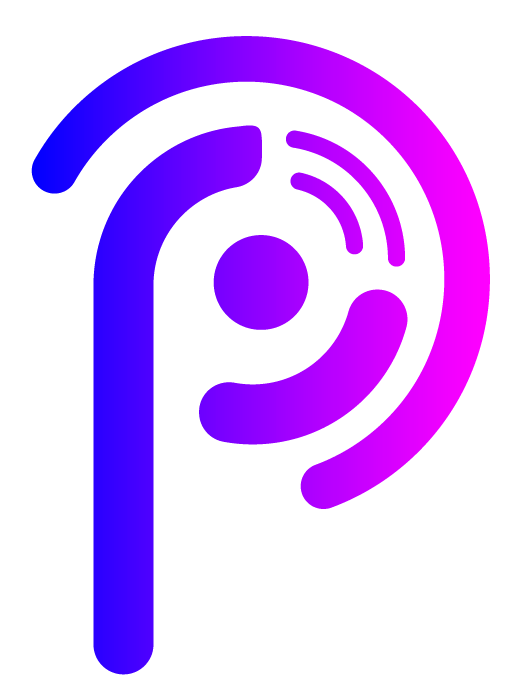
IOT
The Internet of Things (IoT) is a system of interrelated computing devices, mechanical and digital machines, objects, animals or people that are provided with unique identifiers and the ability to transfer data over a network without requiring human-to-human or human-to-computer interaction.
STUDENT IOT
As a student interested in IoT, there are various ways to get involved and learn more about this field.
- Pezala offer courses specifically focused on IoT and its applications.
- Pezala provide opportunities to network with other students and professionals in the field.
- Participate in IoT projects: Look for opportunities to work on IoT projects, either through your university or through internships or co-op programs. Getting hands-on experience with IoT devices and systems can be invaluable for learning about the technology.
- Stay updated on industry trends: Follow industry news and blogs to stay updated on the latest developments in IoT. This can help you understand the current state of the technology and where it's headed in the future.
- Develop your own IoT projects: If you have the technical skills, consider building your own IoT projects. This can be a great way to apply your knowledge and demonstrate your abilities to potential employers.

Overall, pursuing a career in IoT as a student involves staying informed, gaining practical experience, and networking with others in the field. With the right approach, you can build a strong foundation for a successful career in this exciting and rapidly evolving field.
ADVANTAGES
Pezala IOT Platform Advantages.
IOT development kits
These kits typically include IOT devices such as sensors, actuators, and microcontrollers, as well as the necessary components and tools for students to build and program their own IOT projects.
Software development tools
The platform may provide software development tools and environments for students to develop applications, and create IOT solutions.
Educational resources
The platform may offer tutorials, guides, and curriculum materials to help students learn about IOT concepts, principles, and best practices.
Connectivity and integration
The platform may support connectivity to cloud services, mobile apps, and other IOT platforms, enabling students to integrate their projects with other systems and services.
Collaboration and community:
The platform may provide opportunities for students to collaborate with peers, share their projects, and learn from each other's experiences.
Overall, a student IOT platform aims to provide an accessible and hands-on learning environment for students to explore the exciting world of IOT technology and develop their skills in this rapidly growing field.
ADDITIONAL
Here are some additional ways that students can get involved with IoT.
- Build their own IoT devices: There are a number of kits available that allow students to build their own IoT devices. This is a great way for students to learn about electronics, programming, and the Internet of Things.
- Participate in IoT competitions: There are a number of IoT competitions that are open to students. These competitions can be a great way for students to showcase their skills and creativity.
- Learn about IoT careers: The IoT industry is growing rapidly, and there is a demand for workers with skills in IoT. Students who are interested in a career in IoT can start by learning about the different technologies that are used in IoT and the different career paths that are available.

